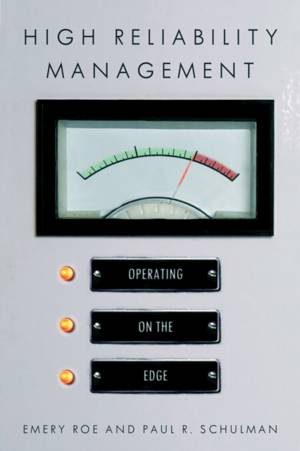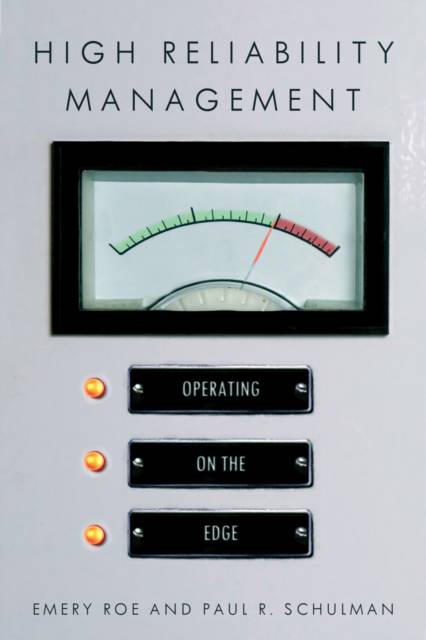
- Retrait gratuit dans votre magasin Club
- 7.000.000 titres dans notre catalogue
- Payer en toute sécurité
- Toujours un magasin près de chez vous
- Retrait gratuit dans votre magasin Club
- 7.000.0000 titres dans notre catalogue
- Payer en toute sécurité
- Toujours un magasin près de chez vous
Description
"Reliability" has become a watchword in the business community. Increasingly, it refers to anticipation and resilience organizations' ability to plan for, absorb, and rebound from shocks. Across many sectors and cases, the approach to improving reliability in primary technical systems has been remarkably similar. Stakeholders assume that improved reliability lies in better design and technology.
This book speaks to the severe limits of formal design and technology relative to operational skills, experience, and knowledge. The debate over the vulnerability of critical infrastructures has far too often neglected the managerial dimension of public security and business continuity. High Reliability Management is the first book about the people who manage for high reliability, namely, those professionals who provide critical services continuously and safely, even during peak demand times or periods of stress.
The text draws on one of the most intensive studies of a critical infrastructure within a high reliability framework. This longitudinal analysis examines the California electrical gridone of the largest, most complex, and economically important in the world. From this research comes a new perspective on strategic balances in society, and practical advice to researchers and professionals who confront reliability daily.
Spécifications
Parties prenantes
- Auteur(s) :
- Editeur:
Contenu
- Nombre de pages :
- 272
- Langue:
- Anglais
- Collection :
Caractéristiques
- EAN:
- 9780804759465
- Date de parution :
- 24-06-08
- Format:
- Livre broché
- Format numérique:
- Trade paperback (VS)
- Dimensions :
- 152 mm x 226 mm
- Poids :
- 385 g

Les avis
Nous publions uniquement les avis qui respectent les conditions requises. Consultez nos conditions pour les avis.






